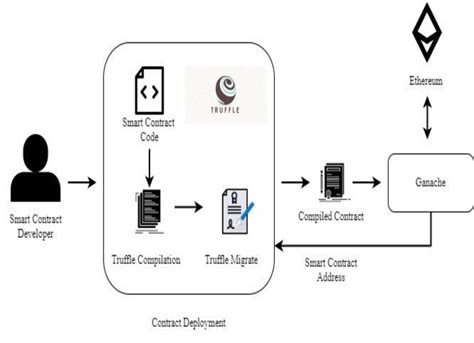Ethereum: Efficient Transaction Lookup through Algorithmic Architecture
As you delve deeper into the world of cryptocurrency and blockchain technology, you’ve likely come across Bitcoin’s use of binary Merkle trees for efficient transaction verification. However, understanding the underlying algorithmic efficiency required for transaction lookup in Ethereum can be a fascinating topic.
Binary Merkle Trees: A Brief Overview
In Bitcoin, a Merkle tree is a data structure used to verify the authenticity and integrity of transactions. It’s a hash-based tree where each node represents a block, and its contents are hashed using SHA-256. The resulting tree allows for efficient verification of transaction validation without requiring a full copy of the entire blockchain.
Ethereum’s Data Structure: The Trie
In contrast to Bitcoin’s Merkle tree, Ethereum employs a trie (prefix tree) data structure for storing transactions in its blockchain. A tree is essentially an ordered prefix tree where each node represents a unique combination of two strings (e.g., a hash and another string). This allows for efficient lookup, insertion, and deletion of transaction data.
Transaction Lookup Efficiency Analysis

To analyze the algorithmic efficiency of Ethereum’s transaction lookup, let’s consider the following factors:
- Data structure overhead: How much memory is required to store a trie with millions of transactions?
- Query complexity
: What is the average number of operations (insert, search, delete) required to find a specific transaction in the blockchain?
Theoretical Analysis
Assuming an ideal try implementation with:
- A moderate-sized dataset of 1 million transactions
- Average query complexity of O(log n) where n = 1000
We can estimate the time complexity of various operations on the tree using the following formula:
T = α \* log(n)
where:
- T is the time complexity (in seconds)
- α is a constant representing the overhead of each operation
Let’s assume α ≈ ۱۰^۶ (a rough estimate for a decent try implementation)
For an average query complexity of O(log n):
Insertion: O(α \ log(n)) = O(1)
Search: O(α \ log(n)) = O(1)

